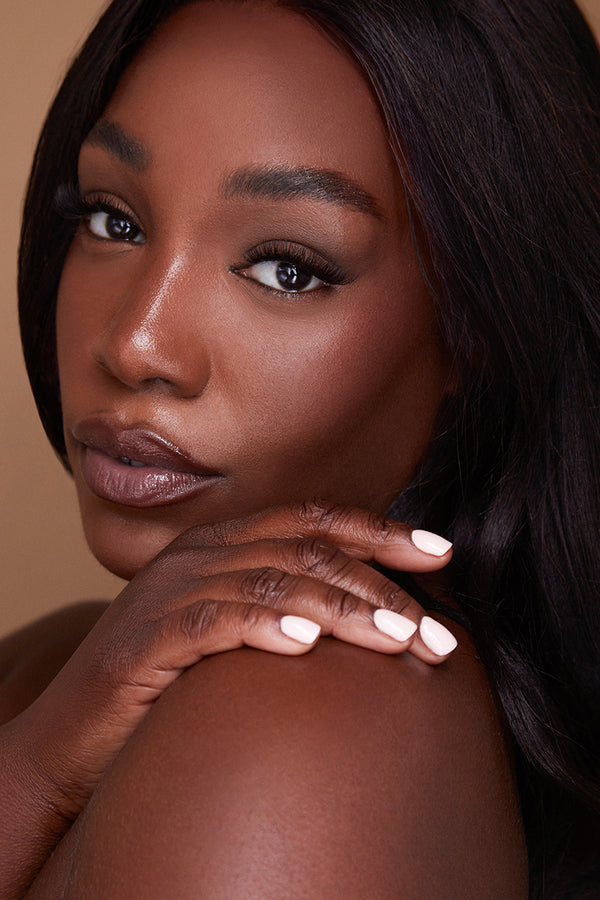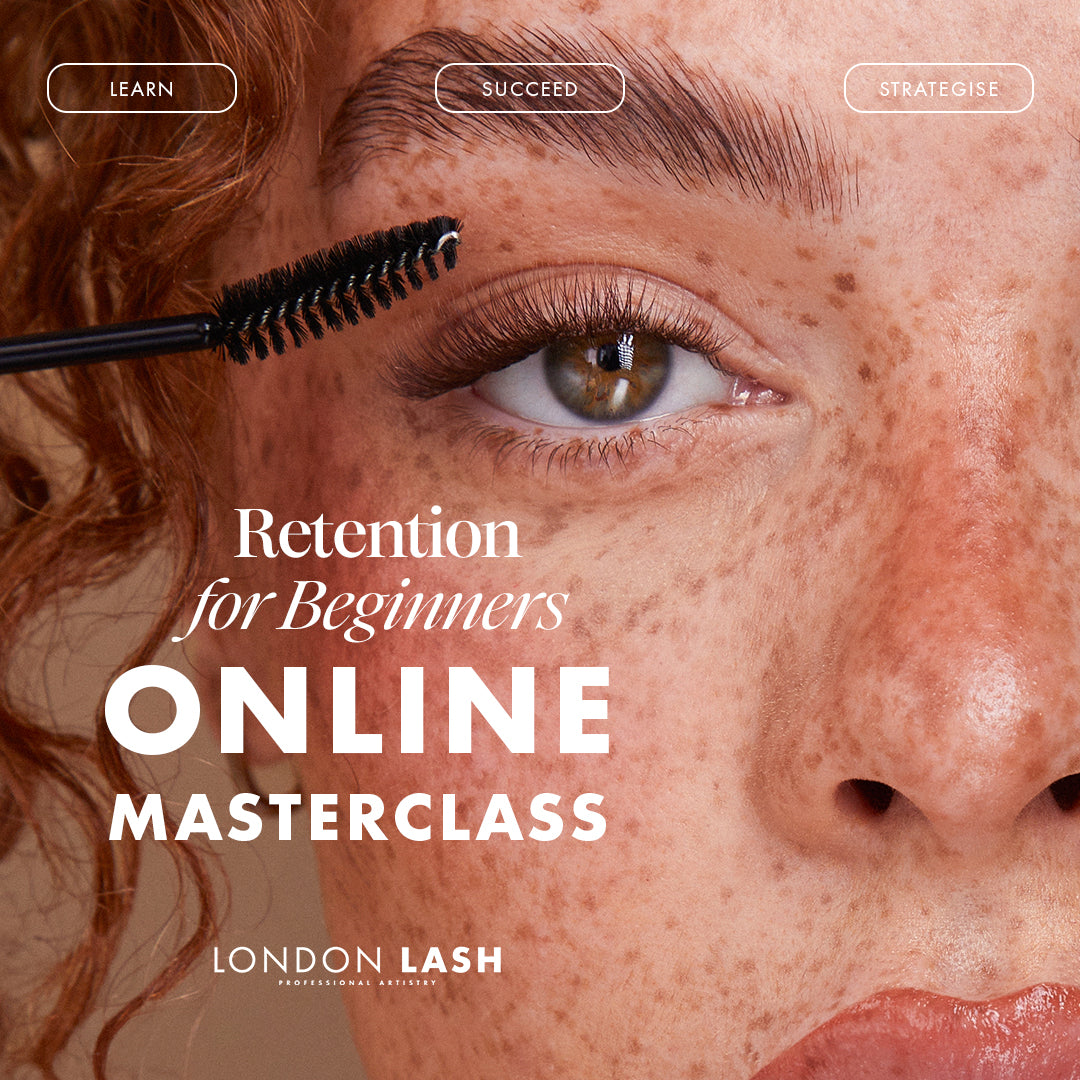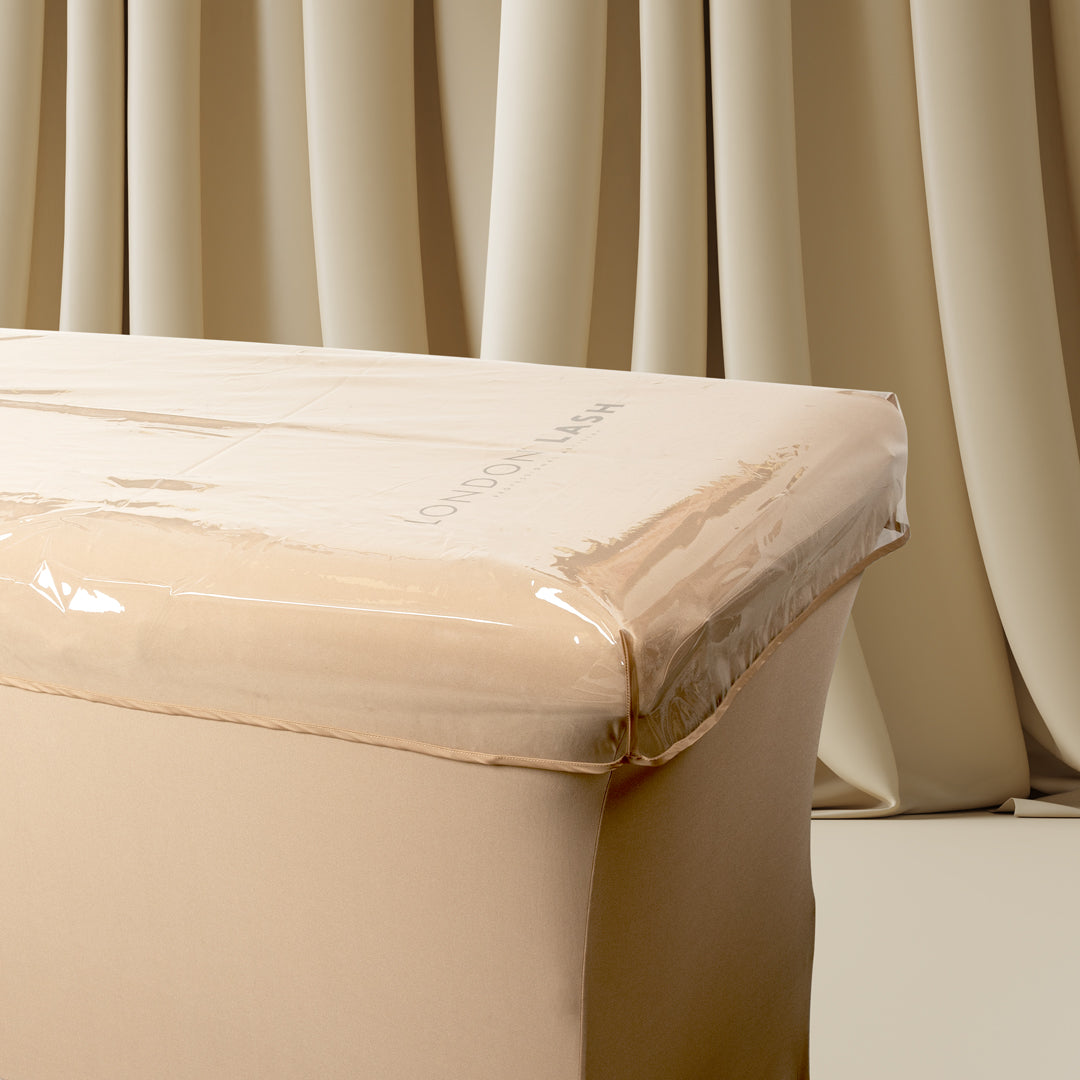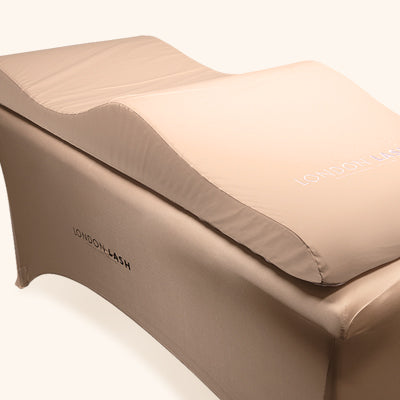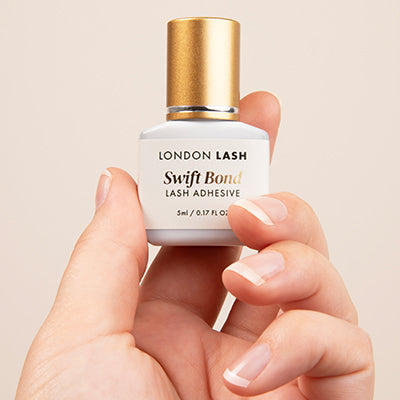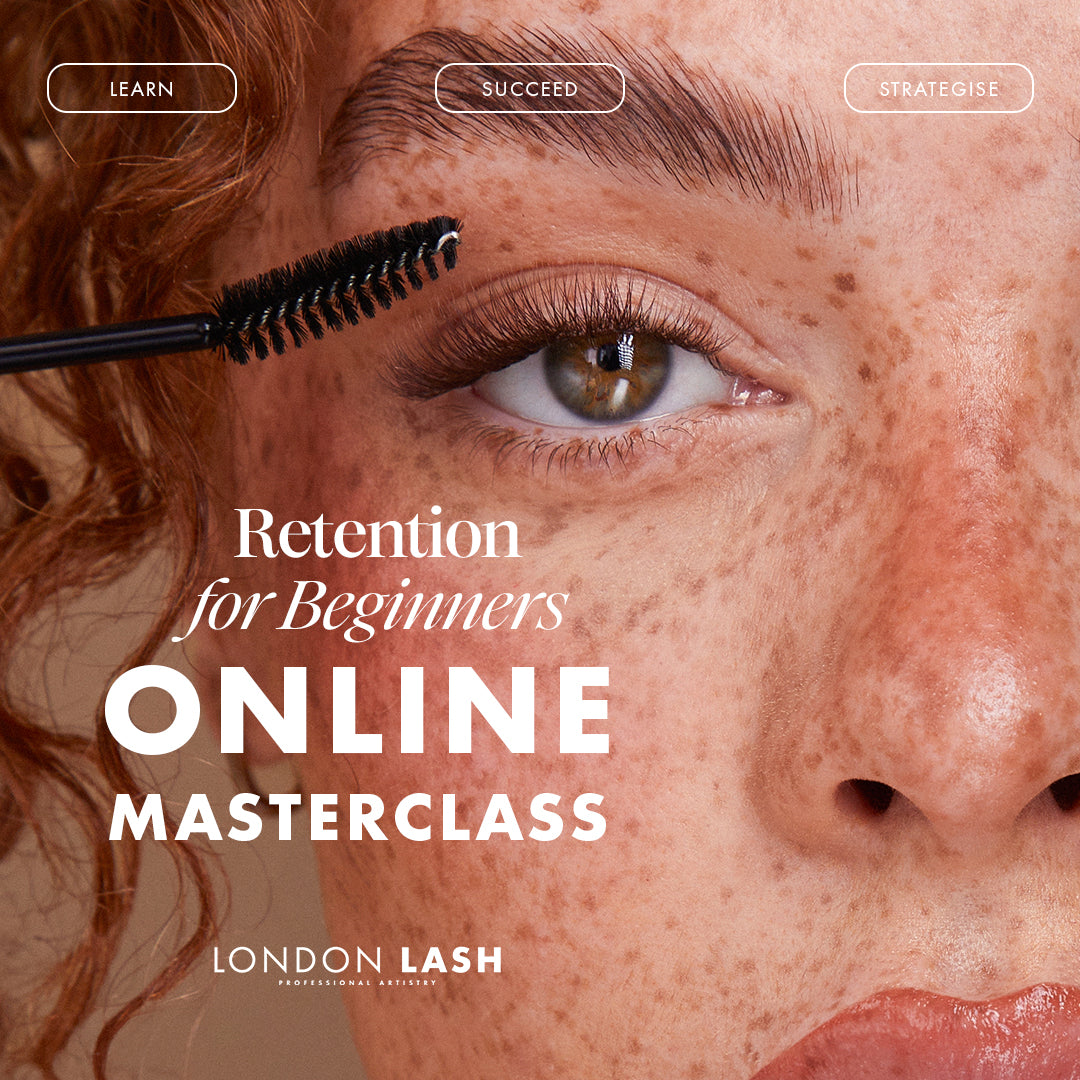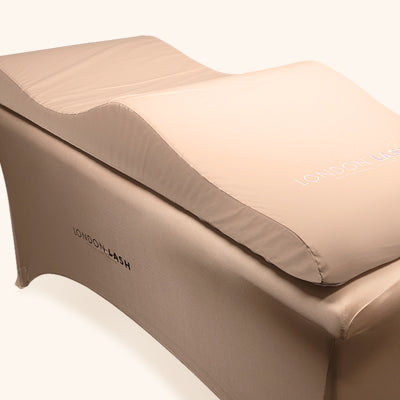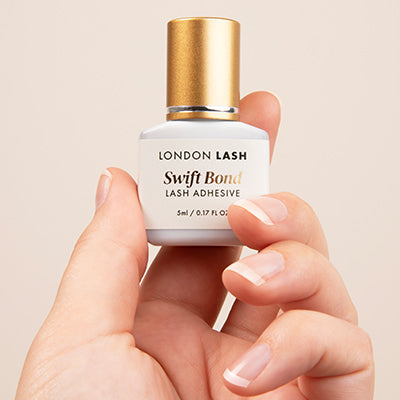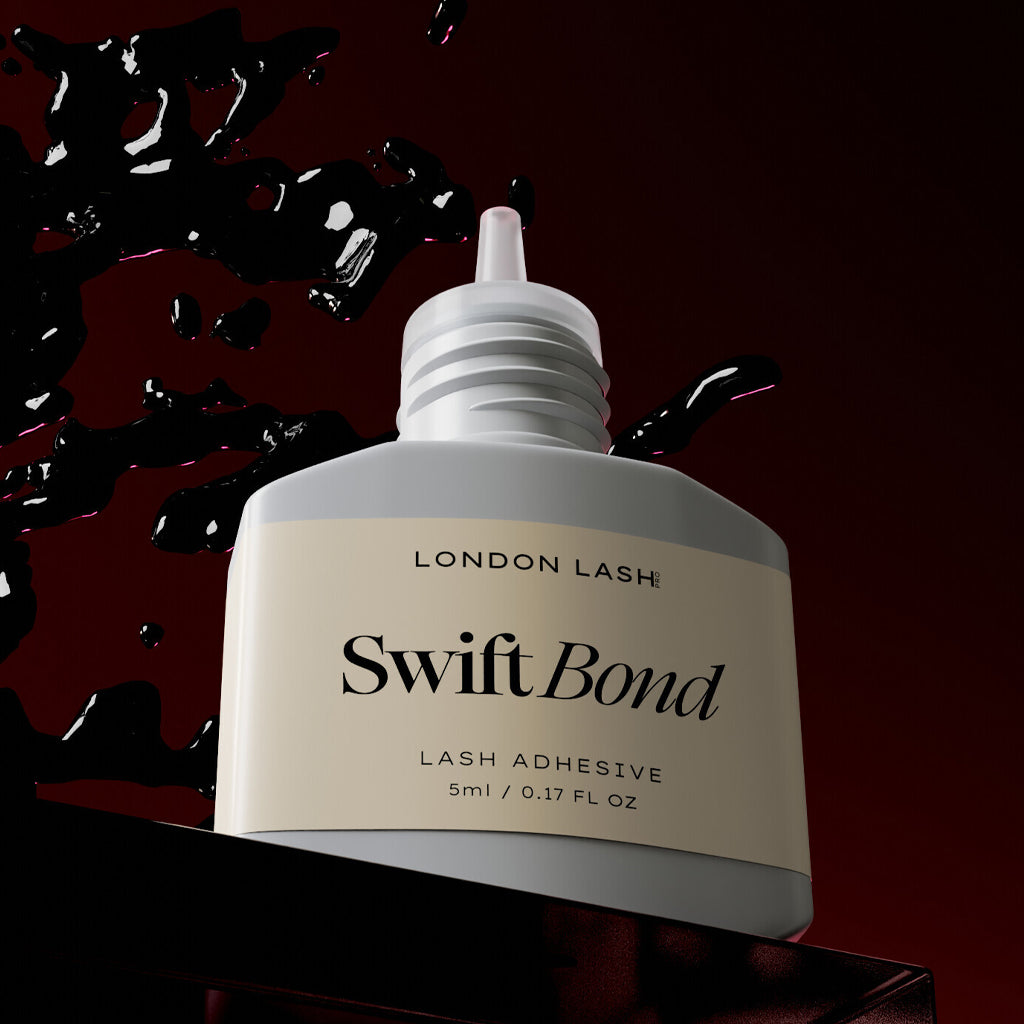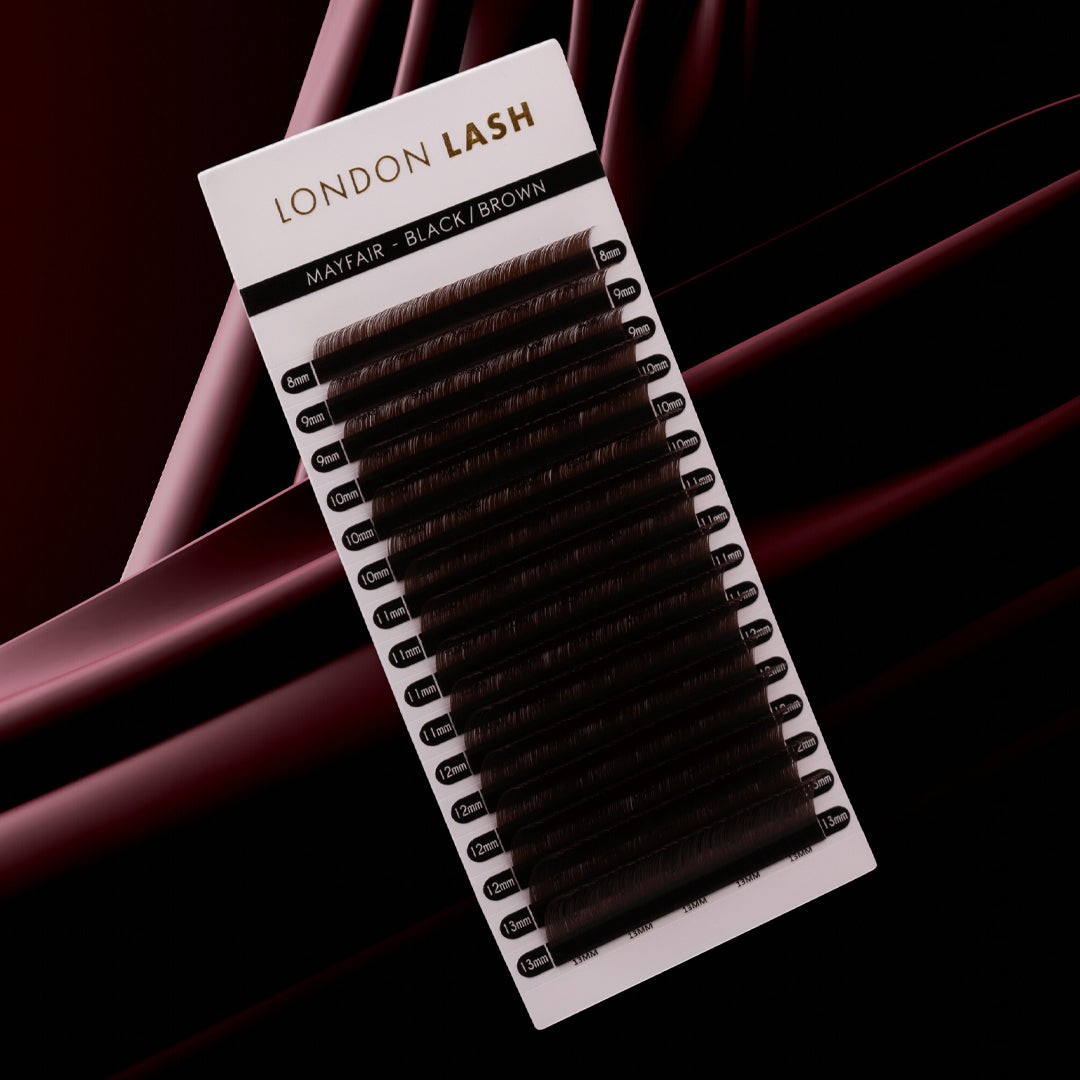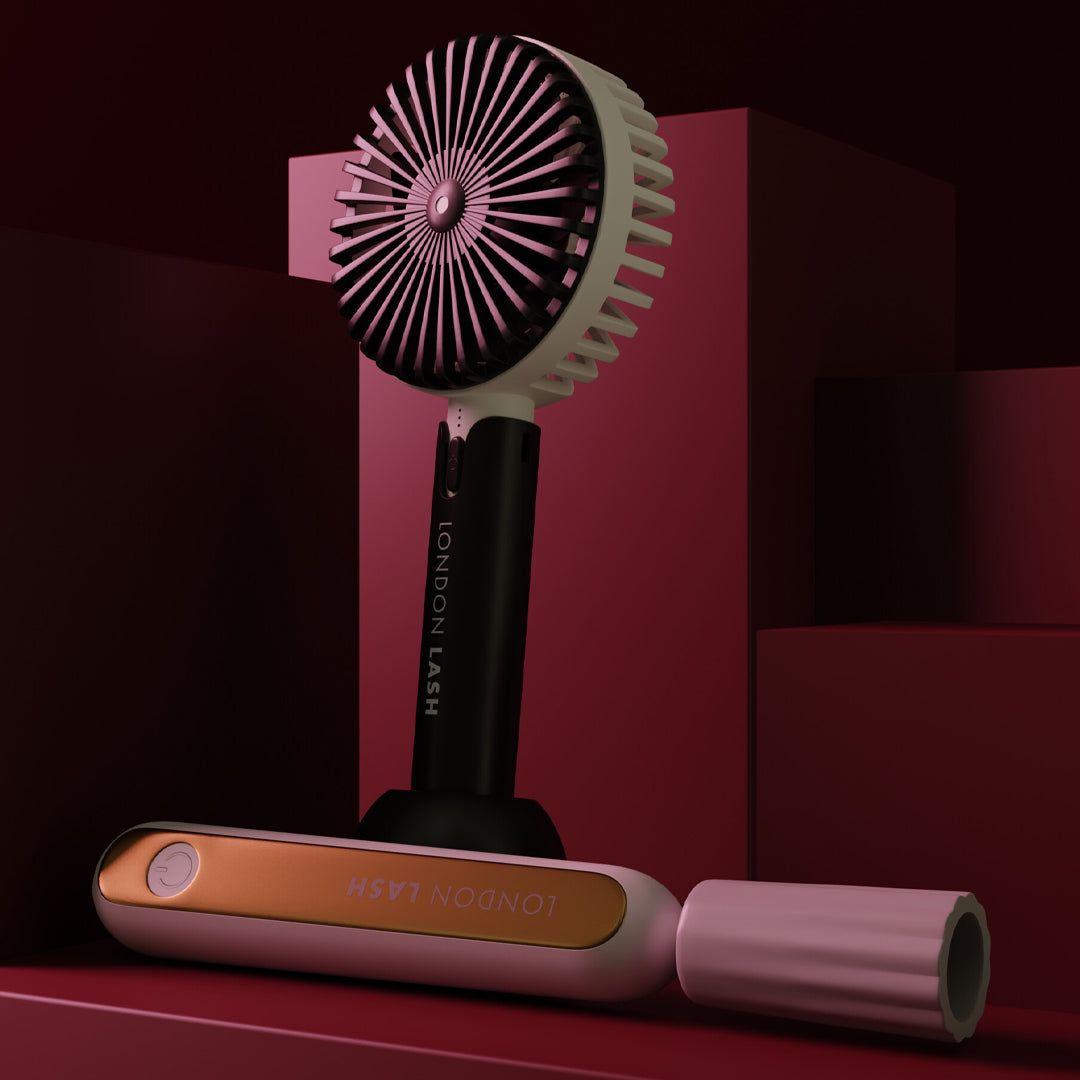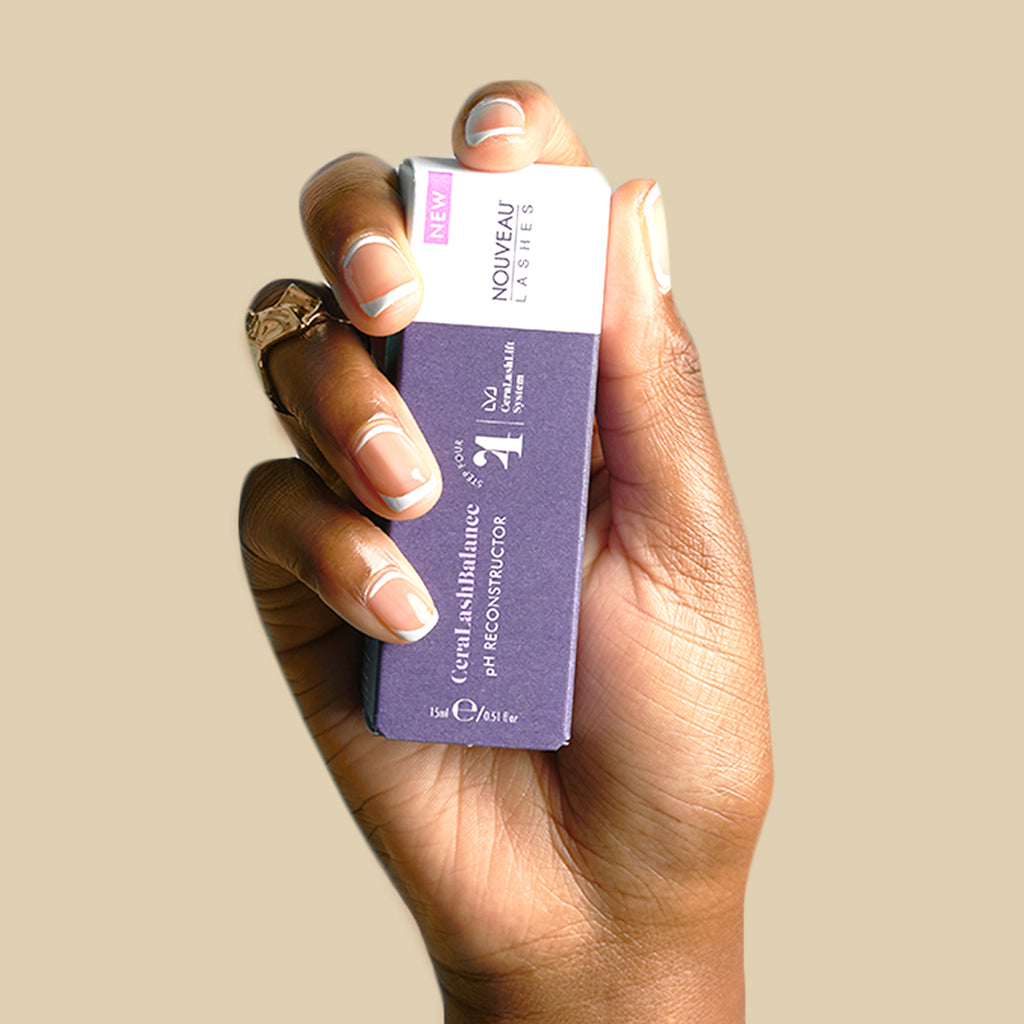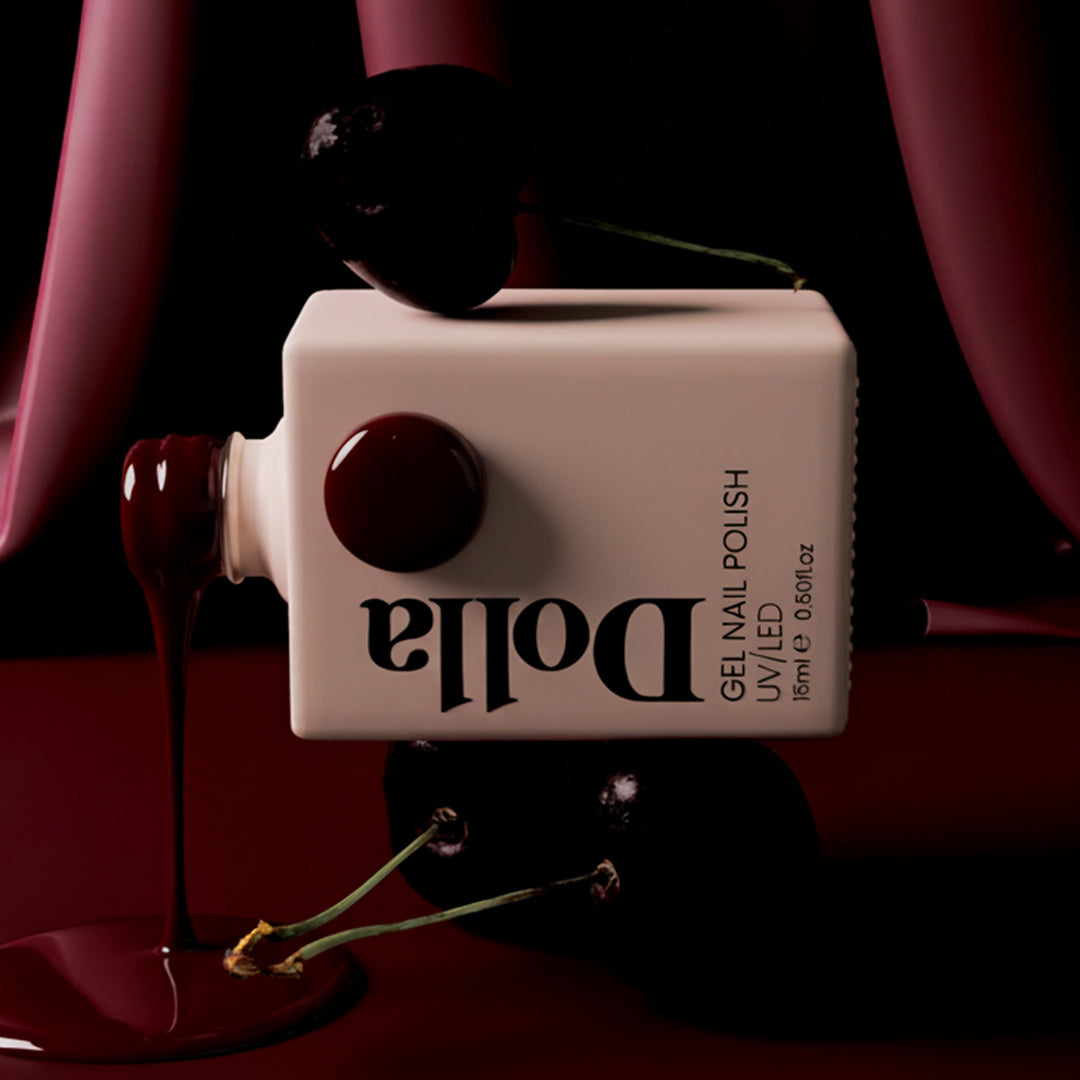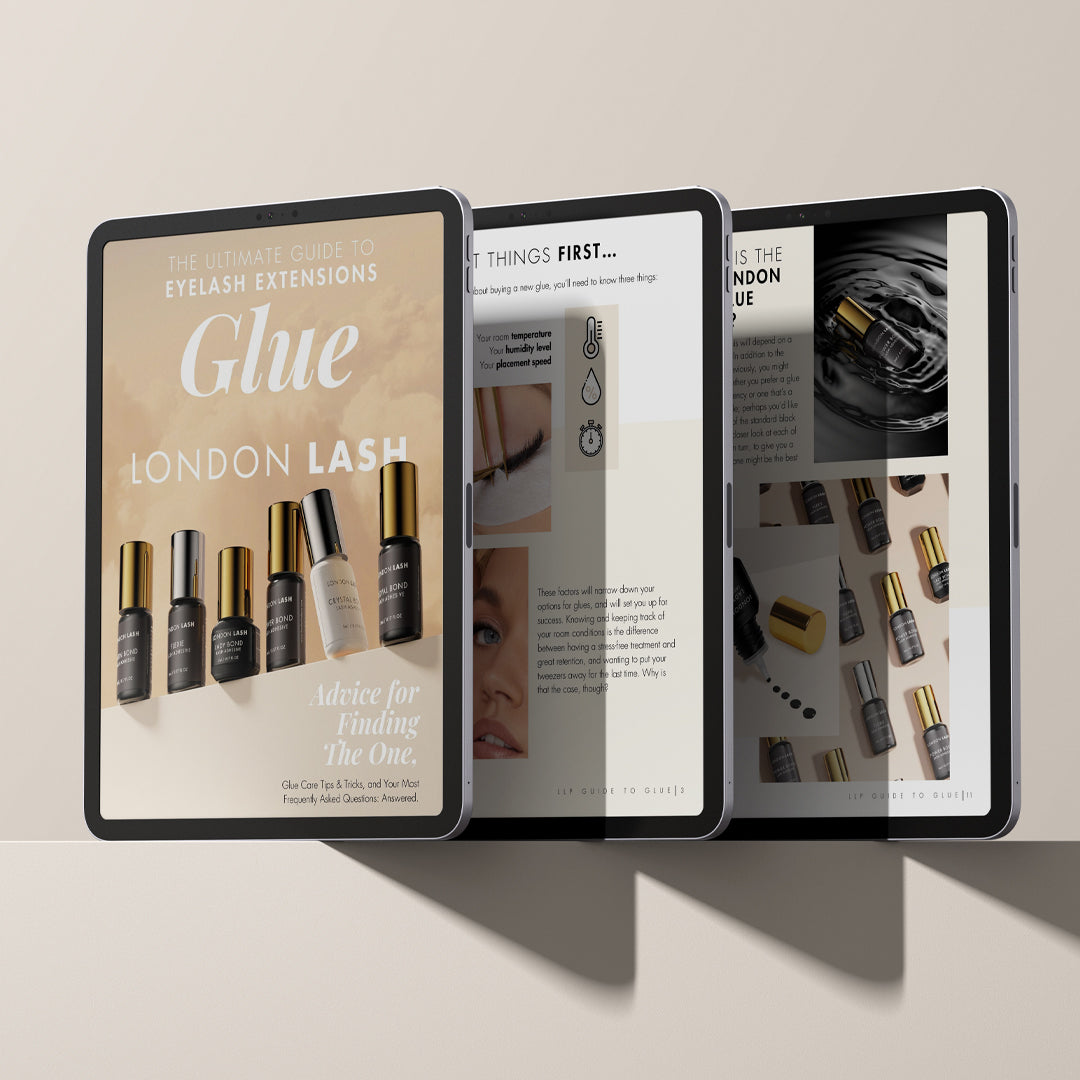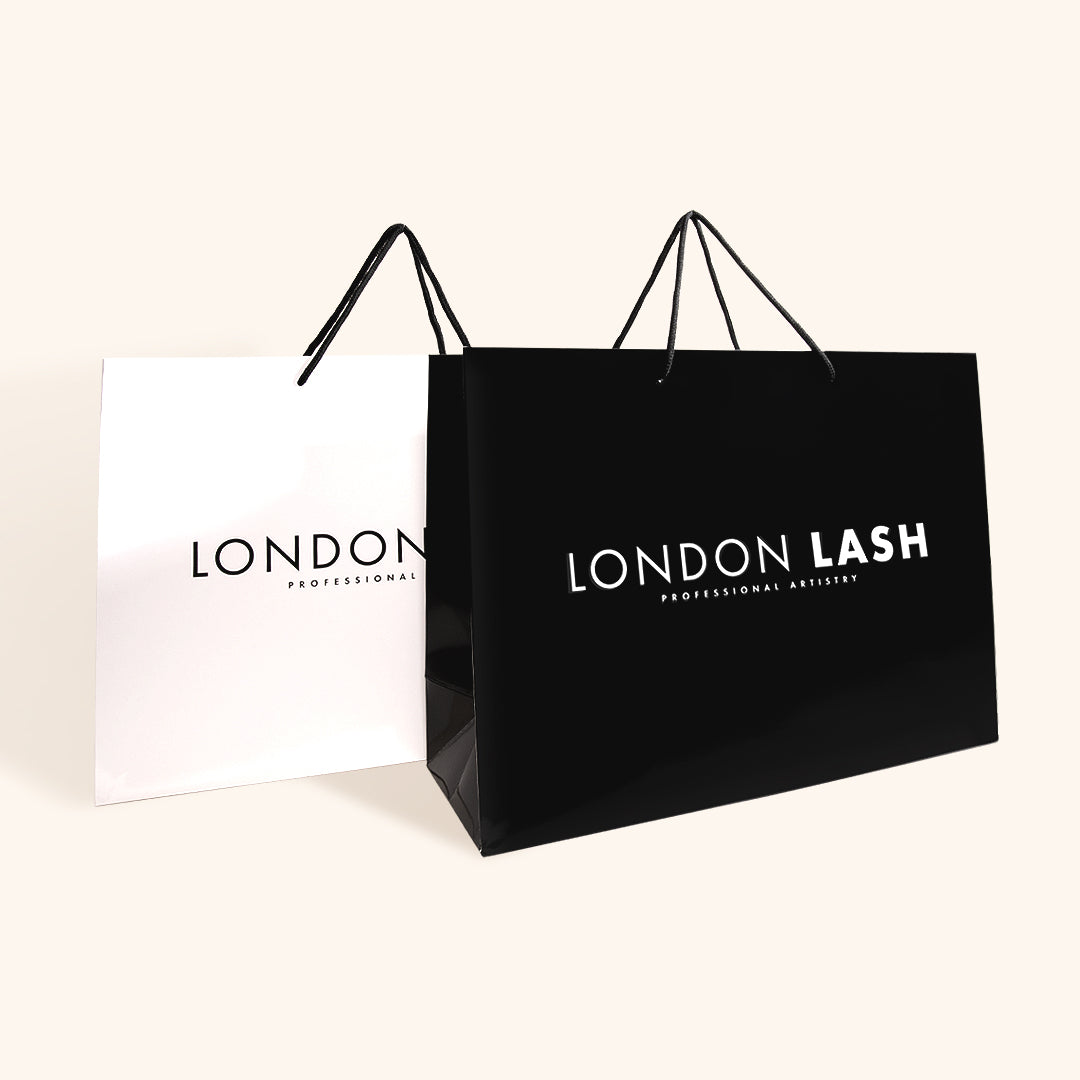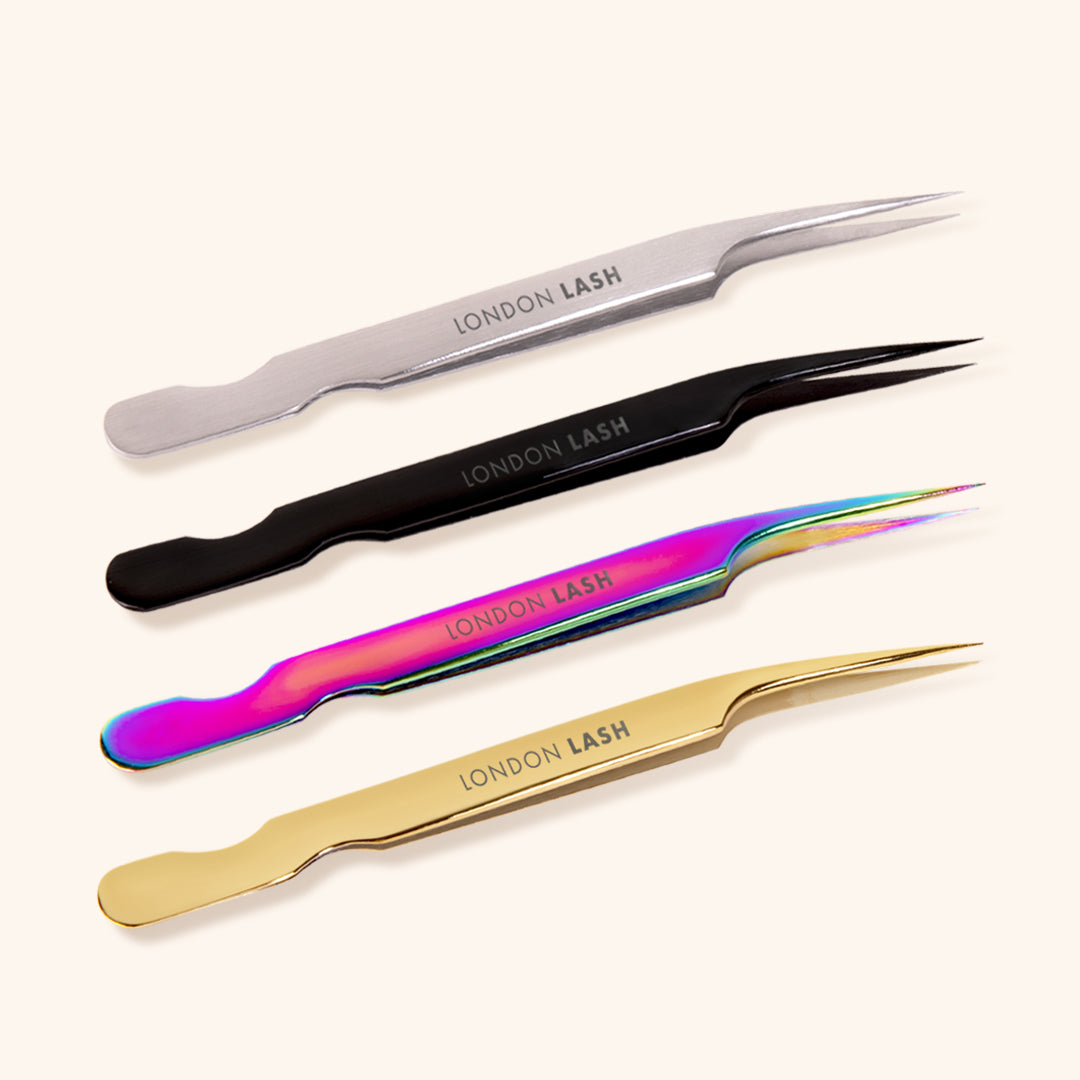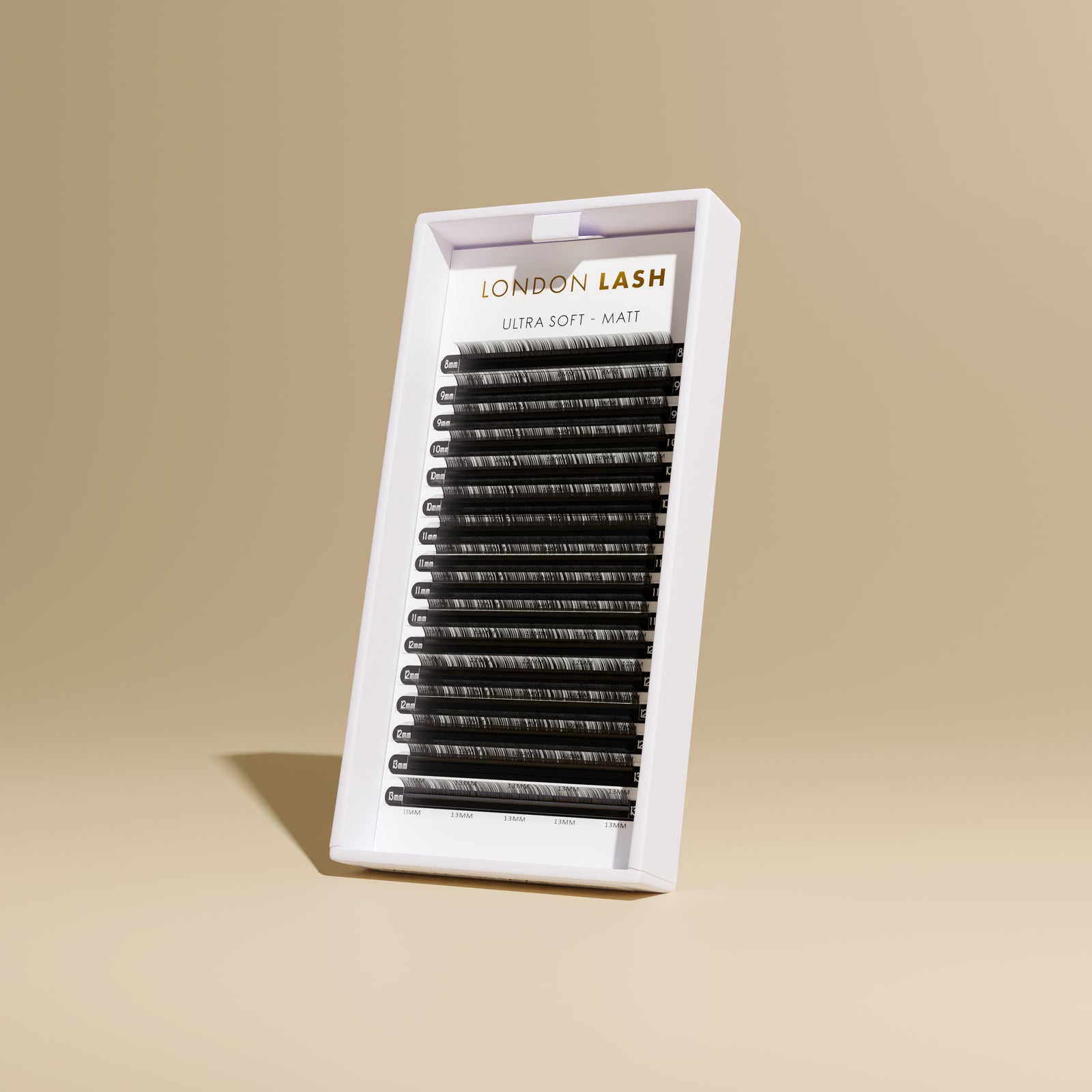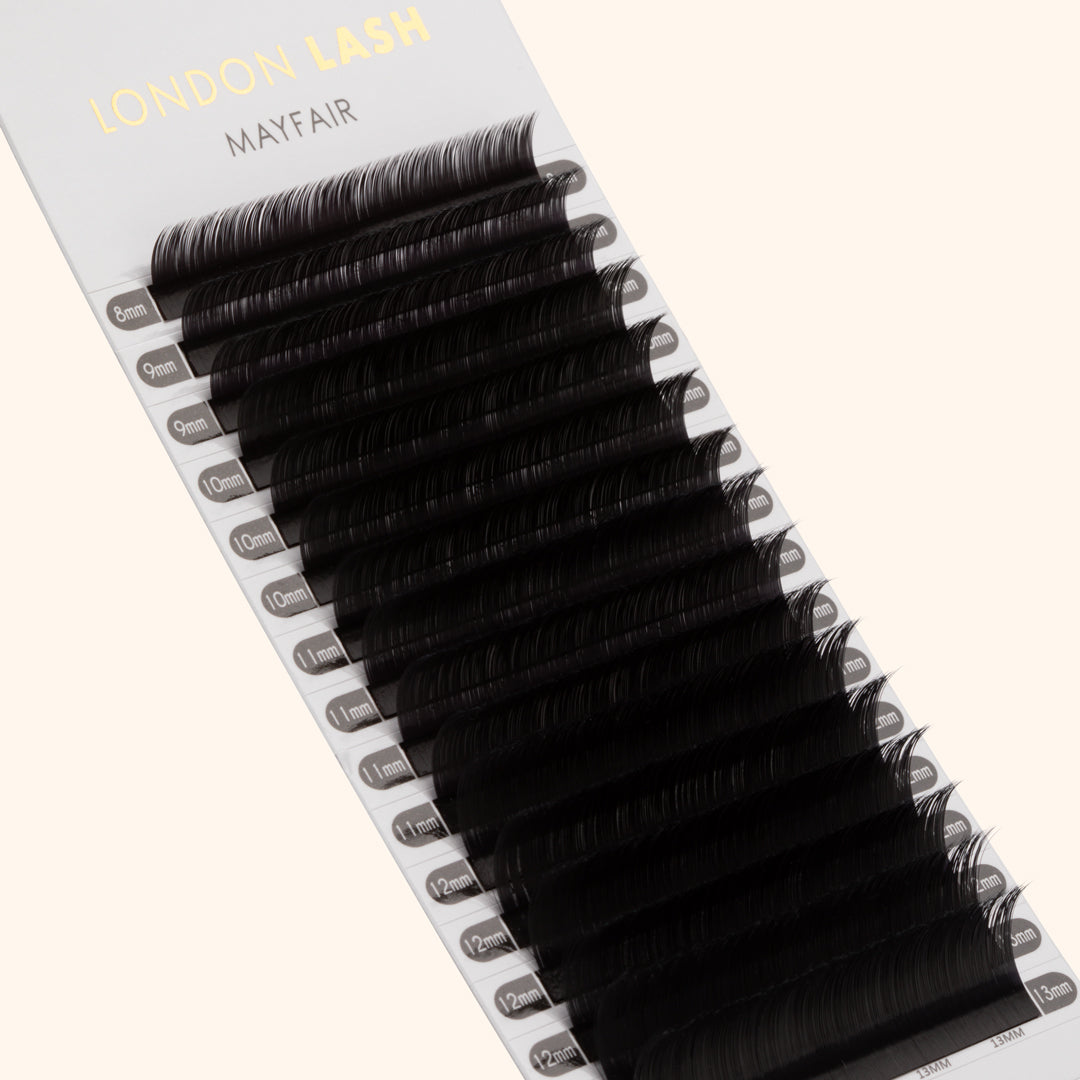New In
Glues & Liquids
Lashes
LASH LIFT
Dolla Nails Pro
Online Training
Save up to 57% off
Do Eyelash Extensions Damage Your Natural Lashes?
September 22, 2021 4 min read

How to Not Cause Damage with Eyelash Extensions
The question "Do eyelash extensions damage your natural lashes?" is a hot topic, frequently popping up in Google searches every month. The straightforward answer is "no, not when applied correctly." But the real question is, how can you ensure eyelash extensions don't harm natural lashes?
For novice Lash Technicians, the learning curve can seem steep, with a plethora of details to master. Even seasoned pros need to periodically revisit their techniques as the industry evolves, and it's easy to fall into the trap of cutting corners and using unsuitable lashes, especially when clients request increasingly dramatic looks.
We've compiled a list of essential tips to help you safeguard your clients' natural lashes while using eyelash extensions, ensuring their lashes stay healthy and beautiful.

1. Choose the Right Lashes - Thickness
Selecting appropriate lashes for your client is crucial. Surprisingly, you can apply 30D+ fans without any damage, provided you use the correct thickness, and using lashes that are too thick will, of course, inevitably lead to damage over time.
You must base your choice of lashes on your client's natural lashes. If they have thick, strong, and healthy lashes, you can opt for thicker extensions, but thinner extensions are generally safer. If you’re unsure of how to identify if your clients' lashes are damaged or not, check out our ‘How to Identify Damaged Lashes’ blog post!

- Typically, 0.25 lashes are too heavy for most clients, but they're available as flat lashes, which weigh about half as much as standard classic lashes!
- For 0.20 lashes, which are quite heavy, it's wise to err on the side of caution.
- 0.18 are the thickest we'd advise for your average classic set - they will give a full, dark mascara effect whilst being safe for the vast majority of clients.
- 0.15 lashes create a lovely mascara effect and are safe for everyone, though they might be too heavy for clients with extremely fine lashes, such as those regrowing lashes post-chemotherapy.
- 0.12 lashes offer a lighter finish, perfect for adding a bit of density without much weight.
- 0.10 lashes are essentially classic lashes but can be used for 2D fans on clients with strong natural lashes desiring a lighter volume set.
- 0.07 lashes are suitable for up to 6D fans.
- 0.06 lashes are similar to 0.07 but can be used for up to 8D fans.
- 0.05 lashes bridge volume and mega volume, suitable for up to 12D fans.
- 0.04 lashes can be used for fans up to 19D.
- 0.03 lashes are ideal for huge 35D fans.
These fan sizes are calculated based on how many lashes of a certain thickness equate to one 0.18 classic lash, using volumetric calculations (S = 𝜋 x R). It looks very technical, but it’s all about fitting the diameter of multiple thinner lashes into the diameter of a thicker lash to achieve a similar weight.
When dividing 1 x 0.15 lash by 3 x 0.05 lashes, it's easy to assume they are equivalent, but that's not the case. What we need to do is consider the thickness of each lash (0.05 in this scenario) and figure out how many of them can fit into a 0.15 diameter. By doing so, we can determine the almost-equivalent weight.

2. Choose the Right Lashes - Length
A good rule of thumb is not to exceed 3mm longer than your client's natural lashes. Going longer can cause the natural lashes to twist, sit at an unnatural angle, or fall out prematurely, potentially damaging the root and affecting regrowth.
If a client insists on super long lashes, despite your recommendation against it, you can suggest dropping down a thickness or two to protect the lashes in at least one way.

3. Avoid Stickies
If you’re not accustomed to the term ‘stickies’, it basically means when one lash sticks to a neighboring lash. If you want to know how this can happen, check out our ‘What are Stickies’ blog post! But, to cut a long story short, stickies are a big no-no, causing both damage and discomfort. They're an immediate indicator of lash damage, unlike the gradual harm caused by overly heavy lashes.
Properly isolating the lashes, careful glue application, and working evenly across both eyes to allow drying time are key to avoiding stickies. Despite utmost care, a few stickies might still occur, so allocate 10-15 minutes at the end of each session to check and separate any stickies.
For a deeper dive into avoiding stickies, check out our detailed post on the topic. By following these guidelines, you can ensure a safe and beautiful eyelash extension experience for your clients, keeping their natural lashes healthy and intact.

So, there you have it – a little insider knowledge goes a long way! Remember, it's all about choosing the right thickness and length, and being meticulous with your application to avoid those pesky stickies. By keeping these tips in mind, you're not just creating gorgeous lashes for your clients, but you're also ensuring their natural lashes stay healthy and happy. It's a win-win! Stay tuned for more tips and tricks, and as always, happy lashing!
Check out these featured products
+2 More
L BSubscribe
Sign up to get the latest on sales, new releases and more …
